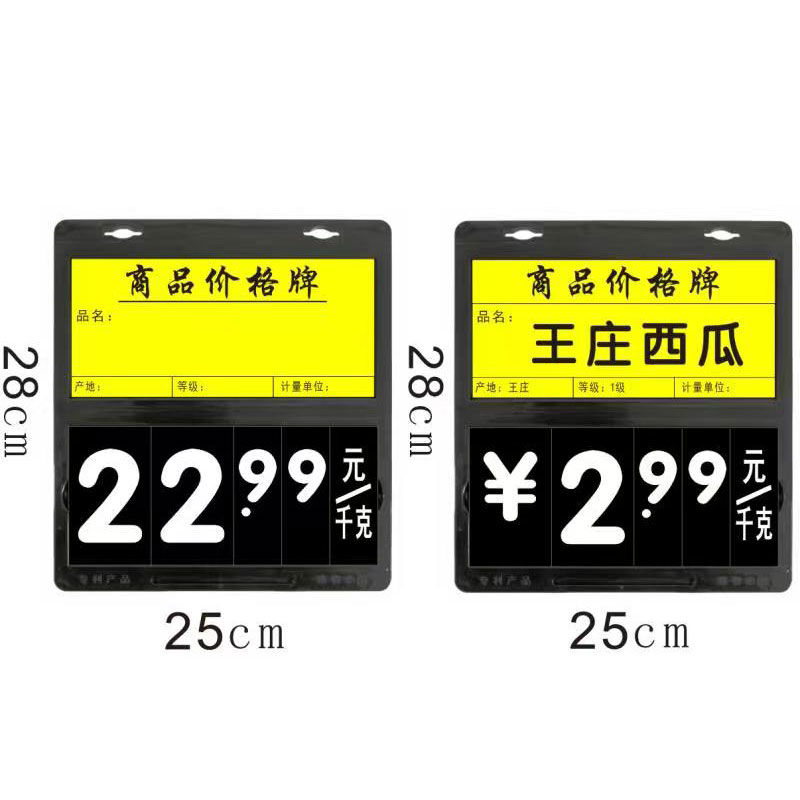Price tag labels use diverse factors of style, layout, and shade to draw clients and inspire them to make a buy. These factors are cautiously chosen to create a visually appealing and persuasive impact. Let's examine every factor cautiously:
Style: Price tag labels often contain a smooth and prepared layout fashion that is easy to study and understand. They might also make use of minimalist or modern-day design aesthetics, with easy and simple typography. The fashion may additionally align with the general branding of the product or keep to preserve consistency and familiarity.
Design: The layout of price tag labels makes a speciality of providing crucial facts such as the product name, price, and any reductions or unique offers. It usually pursuits to provide this data in a clean and legible way. The use of appropriate spacing, font size, and hierarchy lets in customers to speedy and without problems perceive the rate and product details. Additionally, graphical factors, which includes brand trademarks or relevant icons, may be incorporated to enhance visible appeal and logo recognition.

Color: Color plays a crucial function in attracting interest and shopping decisions. Price tag labels may additionally make use of vibrant or contrasting colorings that stand out against the product or store environment. Bright hues such as red, yellow, and orange can draw attention and bring a sense of urgency or exhilaration. On the opposite hand, neutral or muted hues like black, white, or pastels can be used for a greater subtle and stylish impact. The preference of coloration can also be encouraged through the product kind, audience, or logo identification.
Ultimately, the fashion, design, and color of price tag labels are cautiously curated to capture the clients' interest, facilitate clean comprehension of pricing facts, and bring a tremendous brand picture. These elements purpose to create a visually attractive and persuasive revel in that encourages customers to make a purchase.

 English
English русский
русский Deutsch
Deutsch Español
Español 中文
中文










